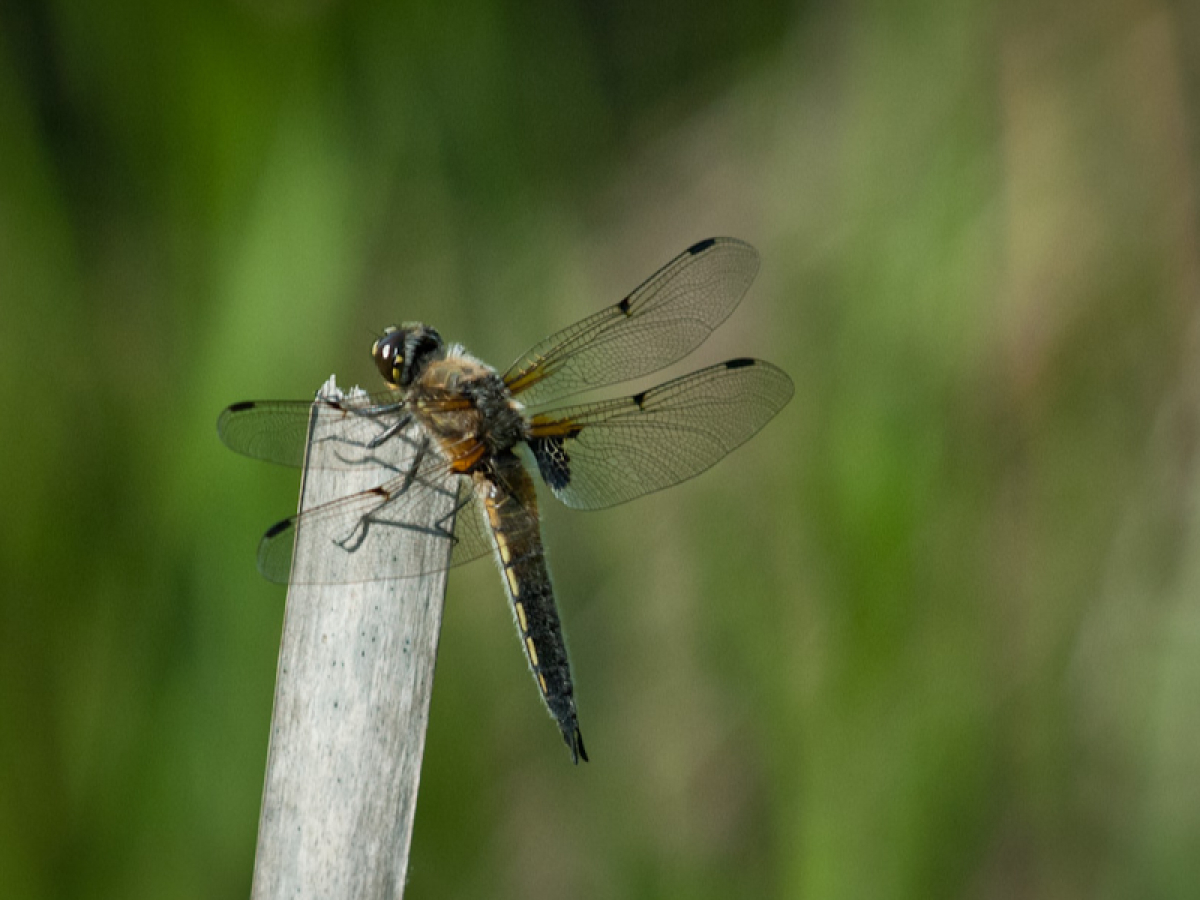Biodiversity research

Biodiversity relates to the diversity of species and assemblages. We are interested in biodiversity patterns of a wide variety of freshwater inhabiting organism groups (Protozoa, diatoms, macrophytes, benthic invertebrates, fish, parasites), in the effects of biodiversity on structure and function of ecosystems and in the consequences of degradation (river engineering, pollution, climate change, invasive species) on biodiversity patterns (e.g. compare www.rubicode.net).
Biodiversity-related metrics are integral part of assessment systems for rivers and lakes. We investigate how assemblage composition and functional diversity of benthic invertebrates are affected by hydromorphological degradation.
We furthermore investigate the diversity of parasites and their hosts. Alien species, which became invasive e.g. through the construction of the Rhine-Danube channel in 1992, significantly altered assemblage composition in the Rhine and its tributaries. Invasive amphipod species, which are intermediate hosts for parasites of native fish species, are nowadays most abundant in the Rhine. This results in major changes of fish parasite assemblages, as invasive parasites are often a major threat to native fish species. The swim bladder parasites Anguillicola crassus, for instance, is supposed to be a major reason for the decrease in European eel populations.

